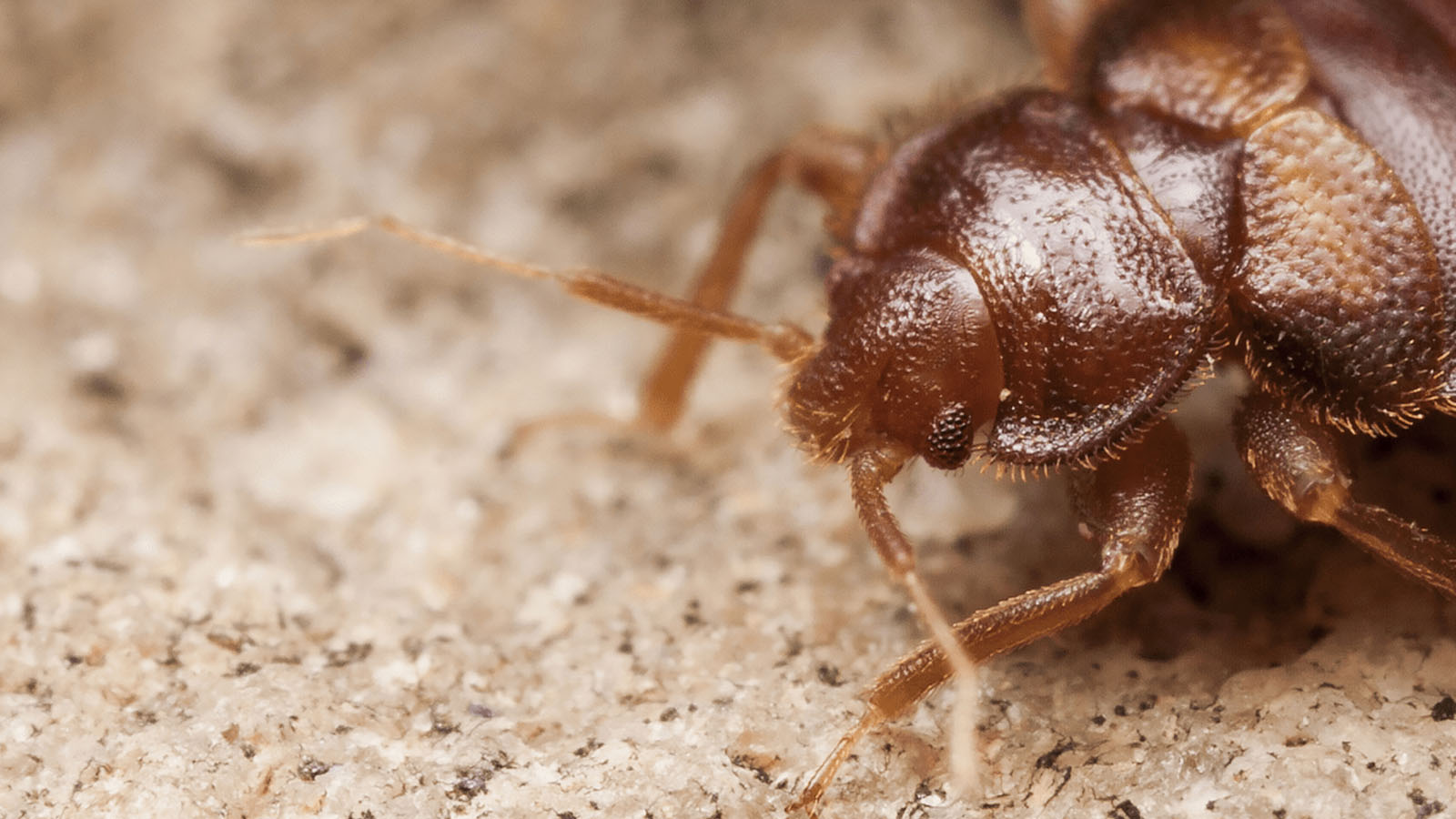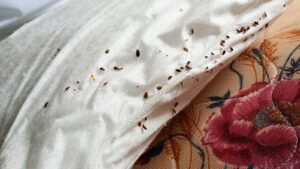
The quest to monitor and manage bed bug infestations has spurred the evolution of technology designed to detect their presence early on.
In this article, we will explore the fascinating journey of bed bug monitoring technology, from traditional methods to cutting-edge innovations that have revolutionized the way we approach pest control.
 The Early Days of Bed Bug Detection
The Early Days of Bed Bug Detection
Historically, the battle against bed bugs involved human vigilance and rudimentary techniques. The practice of manually inspecting mattresses, bed frames, and other hiding spots for signs of bed bug activity was time-consuming and often ineffective.
Early detection relied heavily on visual cues, such as small reddish-brown stains on sheets or the presence of tiny, shed bed bug skins.
Sticky Traps and Passive Monitors
As the understanding of bed bug behavior deepened, the need for more reliable monitoring methods became evident. The introduction of sticky traps marked a significant advancement in bed bug detection. These traps, placed strategically in areas known to harbor bed bugs, captured the pests as they moved around during the night.
While effective to some extent, sticky traps had limitations, as they didn’t provide real-time information or pinpoint the severity of an infestation.
Active Monitors and Pheromone Technology
The next leap in bed bug monitoring came with the development of active bed bug monitors, which aimed to address the shortcomings of passive traps. Active monitors utilize attractants, often in the form of pheromones, to lure bed bugs into the monitoring device. This technology allowed for a more targeted approach, increasing the likelihood of detecting early-stage infestations.
Pheromone-based monitors mimicked the chemical signals bed bugs use to communicate, enticing them into a trap where their presence could be confirmed.
Heat and Infrared Detection
As bed bug monitoring technology continued to evolve, innovations involving heat and infrared detection emerged. Heat-based monitors use temperature differentials to identify areas where bed bugs may be present. Infrared technology, on the other hand, allows for the visualization of bed bugs through thermal imaging.
These methods provide a more nuanced understanding of the infestation’s extent and enable targeted treatment.
Electronic and Smart Monitors
In the era of smart homes and IoT (Internet of Things), bed bug monitoring has taken a leap into the digital realm. Electronic monitors equipped with sensors and connectivity options offer real-time data collection and remote monitoring capabilities.
These devices can send alerts to homeowners or pest control professionals when bed bug activity is detected, allowing for swift action to mitigate infestations.
Canine Detection Teams
 While not a technological advancement in the traditional sense, the use of canine detection teams represents a unique and highly effective approach to bed bug monitoring. Specially trained dogs can detect the scent of bed bugs with remarkable accuracy, even in hard-to-reach areas.
While not a technological advancement in the traditional sense, the use of canine detection teams represents a unique and highly effective approach to bed bug monitoring. Specially trained dogs can detect the scent of bed bugs with remarkable accuracy, even in hard-to-reach areas.
This method has gained popularity for its efficiency and ability to pinpoint infestations with precision.
The Future of Bed Bug Monitoring
The constant evolution of bed bug monitoring technology shows no signs of slowing down. Researchers and innovators are exploring advanced techniques, including artificial intelligence (AI) and machine learning, to enhance the accuracy and efficiency of bed bug detection.
These technologies may offer predictive modeling capabilities, helping to anticipate and prevent infestations before they become widespread.
Conclusion
The journey of bed bug monitoring technology from its humble beginnings to the sophisticated methods we have today is a testament to human ingenuity in the face of persistent challenges. As our understanding of bed bug behavior deepens and technology continues to advance, the future of pest control looks promising.
The evolution of bed bug monitoring technology not only aids in early detection but also plays a crucial role in minimizing the economic and psychological impact of these notorious pests on individuals and communities alike.

